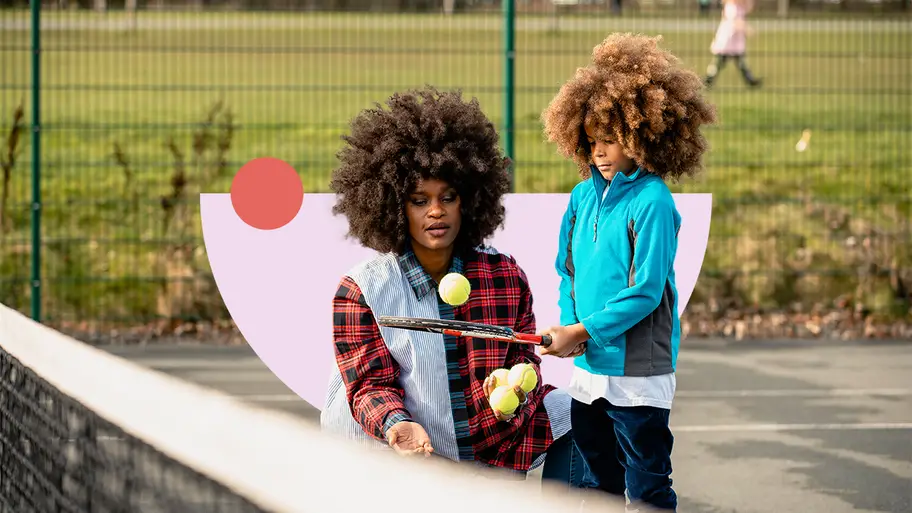

Building a Padel Court A Comprehensive Guide
The sport of padel has gained immense popularity around the world, captivating players with its blend of tennis and squash elements. As more enthusiasts seek to engage in this fun and competitive game, the demand for dedicated padel courts is on the rise. Building a padel court can be an exciting project, whether you intend to create one for personal use or as part of a larger sports facility. This article will guide you through the essential steps and considerations for constructing a padel court.
1. Understanding Padel Court Dimensions
Before diving into construction, it’s crucial to familiarize yourself with the official dimensions of a padel court. A standard court measures 20 meters long and 10 meters wide, enclosed by glass walls with a height of 3 meters at the back and 4 meters at the sides. The playing surface should be composed of high-quality turf, providing optimal traction and comfort for players.
2. Choosing the Right Location
Location is vital when building a padel court. Look for an area that is flat and easily accessible, preferably with sufficient space for players and spectators. Adequate lighting is essential if you plan to host evening matches, so consider the court's positioning relative to natural and artificial light sources. Additionally, ensure that the location complies with local zoning laws and regulations regarding construction for sports facilities.
The choice of flooring significantly impacts gameplay and safety. Padel courts typically have artificial grass surfaces that are specifically designed for the sport. This type of flooring not only enhances player comfort but also offers durability against various weather conditions. Make sure to select a high-quality turf that meets the standards set by national and international padel federations.
4. Court Construction Materials

When constructing the court, various materials will be needed to create a durable and safe playing environment. The frame of the court is usually made from galvanized steel to withstand external elements. The glass walls should be at least 10 mm thick to prevent shattering upon impact. Incorporating appropriate drainage systems beneath the playing surface is also important to prevent water accumulation, which could damage the court over time.
5. Installation Process
Engaging professionals with experience in constructing sports facilities is highly recommended. They will ensure that the court is built to specifications and adheres to safety standards. The construction process generally involves site preparation, laying the foundation, installing the flooring, and erecting walls. Proper alignment and measurements are critical during installation to guarantee fair play.
6. Amenities and Additional Features
Once the court is built, consider adding amenities that will enhance the experience for players and spectators. This could include seating areas, a scoring system, and facilities for refreshments. Additionally, ensure that there are adequate restroom facilities nearby to accommodate visitors.
7. Marketing and Promotion
After your padel court is completed, it is time to attract players. Utilize social media platforms and local advertising to promote your court. Hosting introductory events or tournaments can also stimulate interest and engagement in the community. Offering lessons or organized games can further encourage participation in the sport.
Conclusion
Building a padel court is a rewarding endeavor that can bring friends, families, and communities together through the joy of sport. By understanding the necessary dimensions, materials, and considerations involved in constructing a court, you can create a vibrant environment for players of all levels. With proper planning and execution, your padel court will become a fabulous venue for fun, fitness, and competition.
High-Performance Industrial Flooring Solutions China Paddle Tennis Court for Sale
High-Performance Industrial Flooring Solutions Durable & Cost-Effective
Homogeneous Transparent Floor – Durable & Stylish Rubber Floor Solutions
Premium Homogeneous Transparent Floor for Durable & Stylish Spaces Rubber Floor Solutions
Premium Sports Floor Solutions Durable PVC Sports Floor & Rubber Floor for Gyms
Durable Rubber Composite Floor Premium Rubber Floor & Mats Solutions